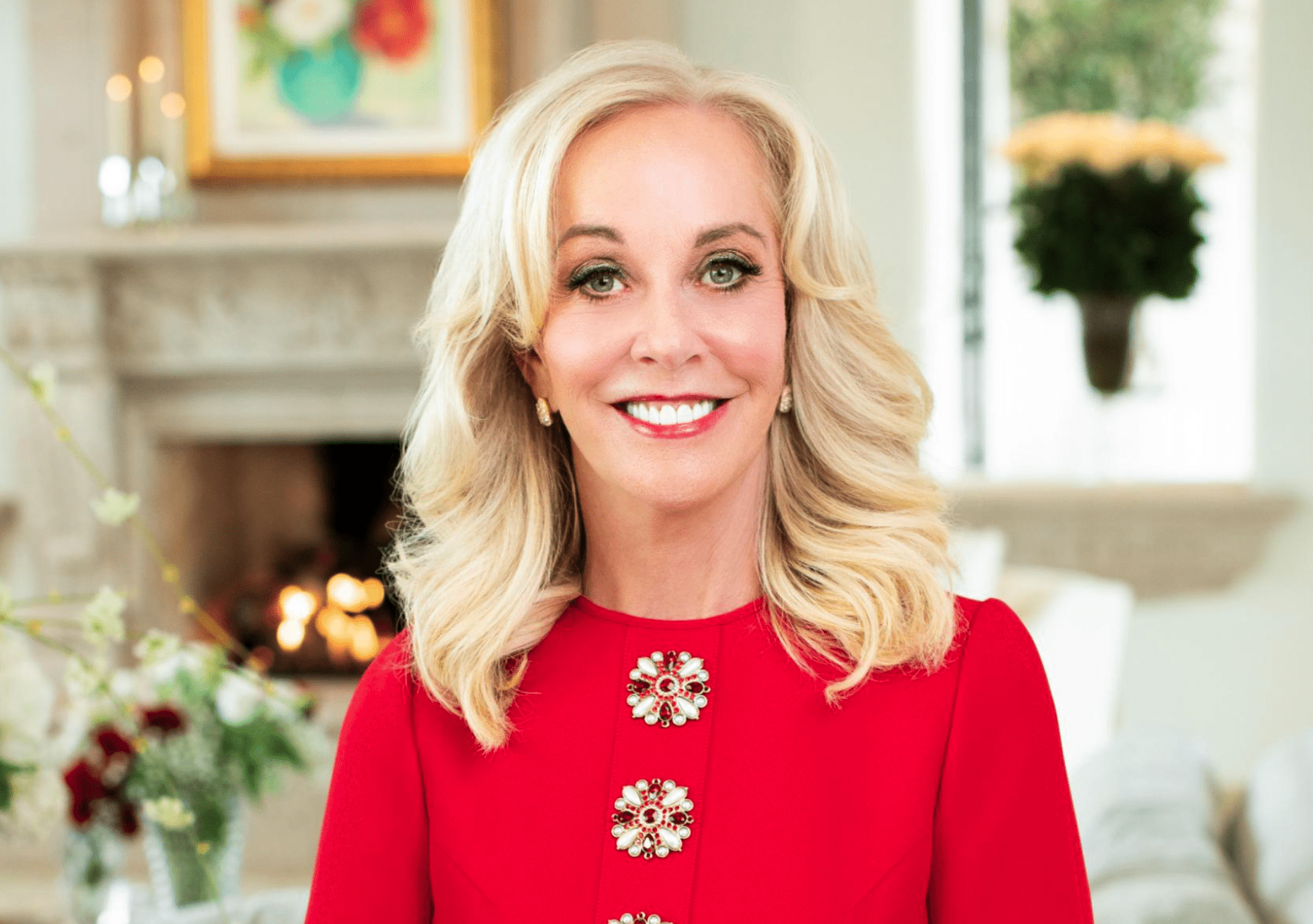Creating Culture: Shaping Success
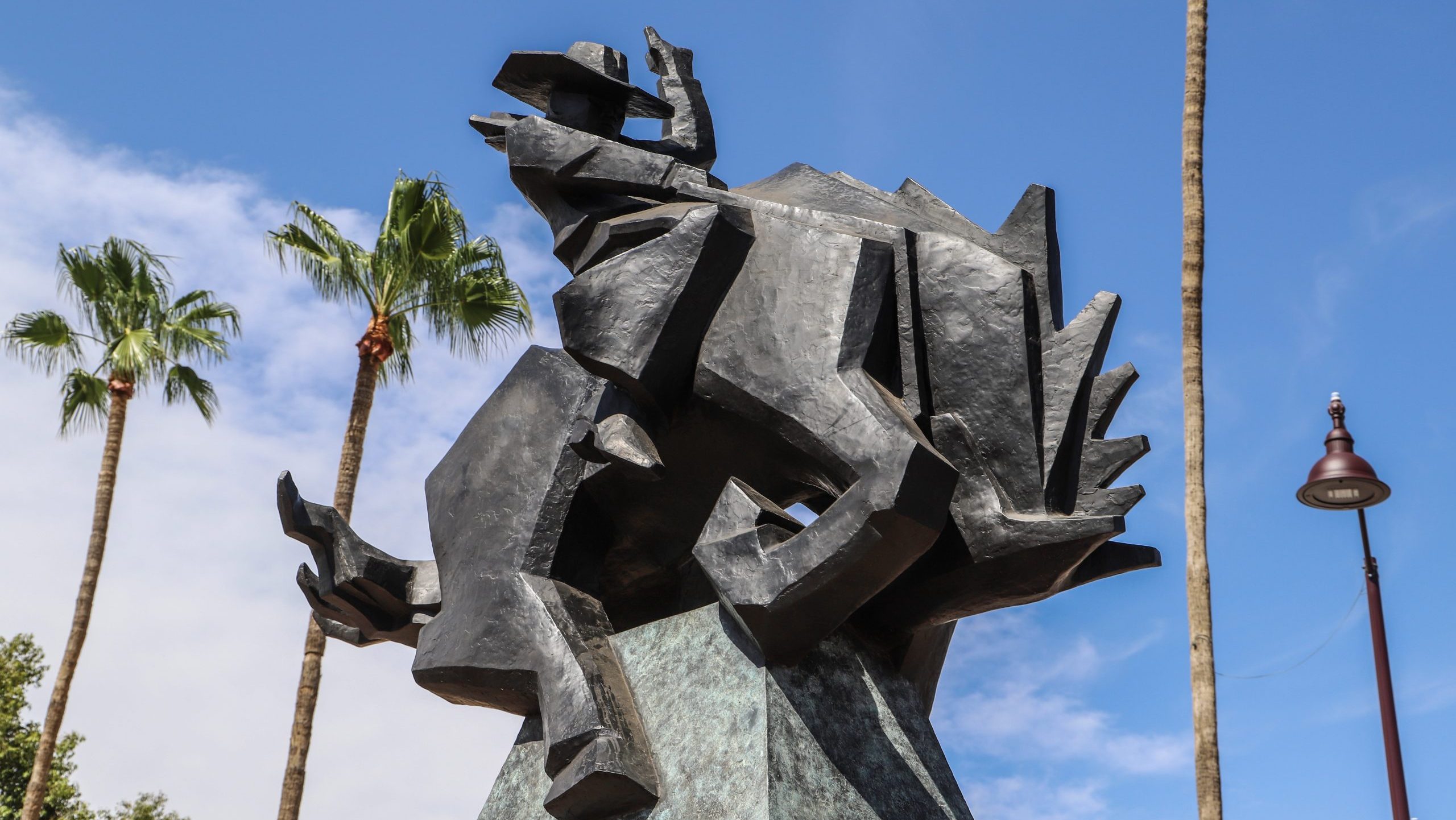
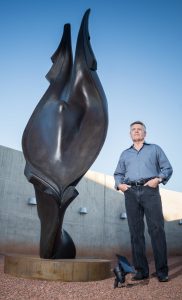 In the heart of Tempe stands Bollinger Atelier, a distinguished fine art foundry owned by the visionary Tom Bollinger. From Midwestern America to the global stage, Bollinger’s journey reflects a combination of determination and a profound love for sculpting as an art form. Against the odds, Bollinger Atelier has become a key player in the sculpture world, producing awe-inspiring pieces that adorn cities worldwide.
In the heart of Tempe stands Bollinger Atelier, a distinguished fine art foundry owned by the visionary Tom Bollinger. From Midwestern America to the global stage, Bollinger’s journey reflects a combination of determination and a profound love for sculpting as an art form. Against the odds, Bollinger Atelier has become a key player in the sculpture world, producing awe-inspiring pieces that adorn cities worldwide.
Bollinger’s story begins in the plains of North Dakota. He and his five brothers grew up on the Sioux Indian Reservations throughout the Dakotas, where his parents were teachers. It was an unlikely place to produce someone who would later go into the arts.
“I had no exposure to art. I remember distinctly, I think in the eighth grade, that one of our teachers, with her own money, bought some print books of the Old Masters. And that’s the first time that I really had seen paintings. I was unaware of galleries. I was unaware of museums,” Bollinger said.
During his time at Dickinson State University, the opportunity to create art would eventually fall into Bollinger’s lap when it came time to plan the classes he needed to take to graduate.
“I was on an athletic scholarship, a wrestler, and I had to take a recreation class. So I took ceramics and then sculpture and called my parents and said I wanted to become an art major,” Bollinger said.
Thanks to his affinity for challenges, Tom carved a path into the art world. His journey eventually led him to acquire what was then known as Arizona Bronze, transforming it into Bollinger Atelier. As Bollinger admits, the transition from a small art foundry to a global competitor was not expected. “We shouldn’t be in this position. We are out here in Tempe, Arizona, competing with other foundries in New York and London. And, you know, it shouldn’t be happening, but it is happening,” he said.
It is this spirit that sets Bollinger Atelier apart. Not afraid to take on projects that might intimidate others, the fine art foundry has cultivated a reputation for embracing new methods.
“I’m fairly fearless about taking on projects that may scare other people. You know, artists come up with a lot of crazy ideas these days. And I also think I’ve always been innovative in applying modern technology to our processes as quickly as possible,” Bollinger said.
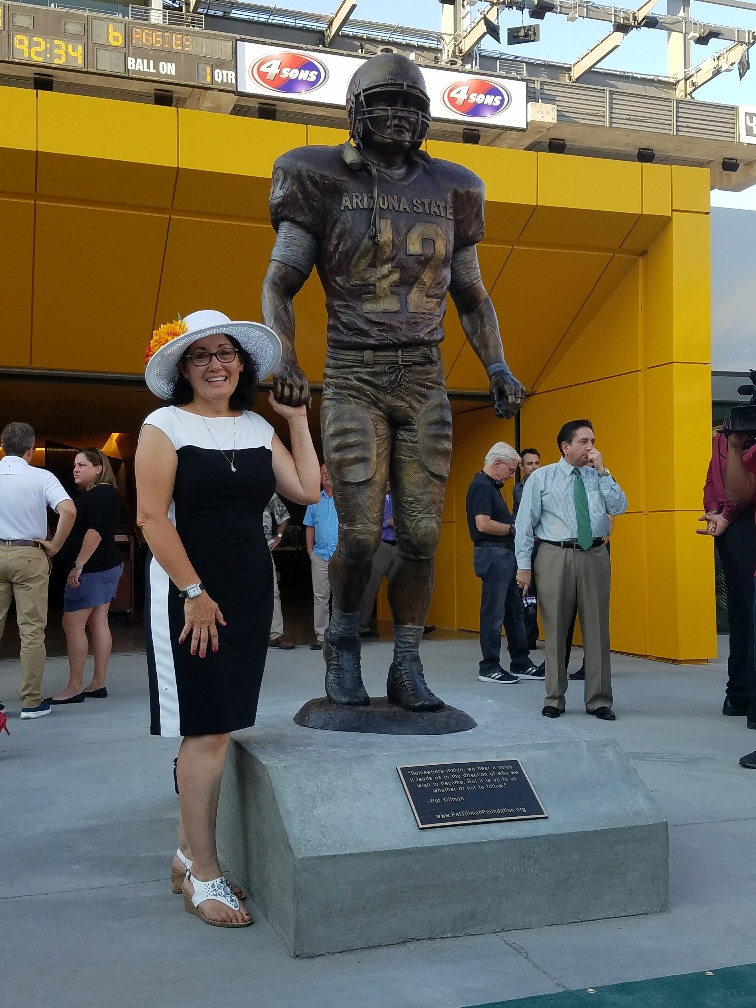
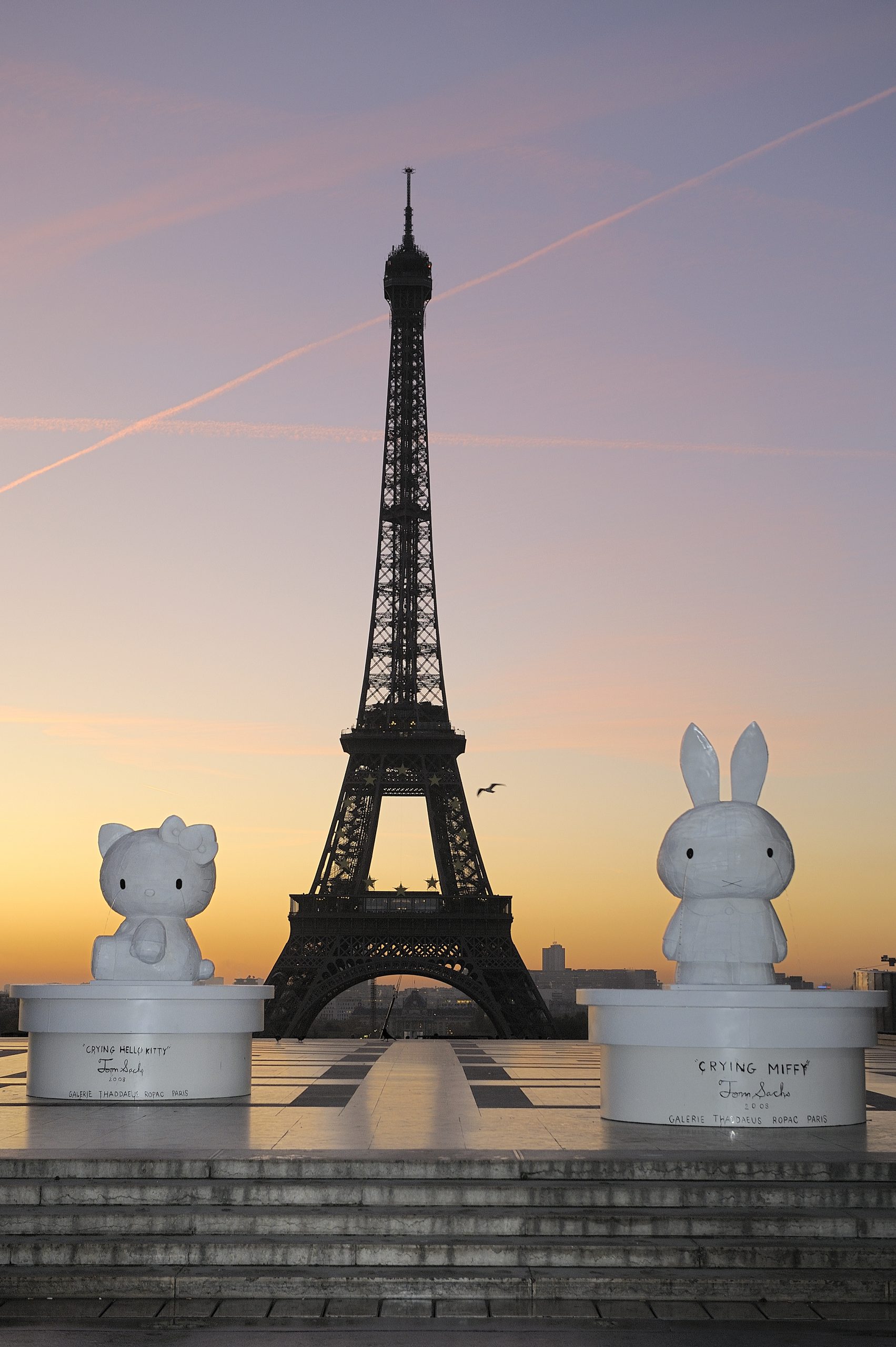
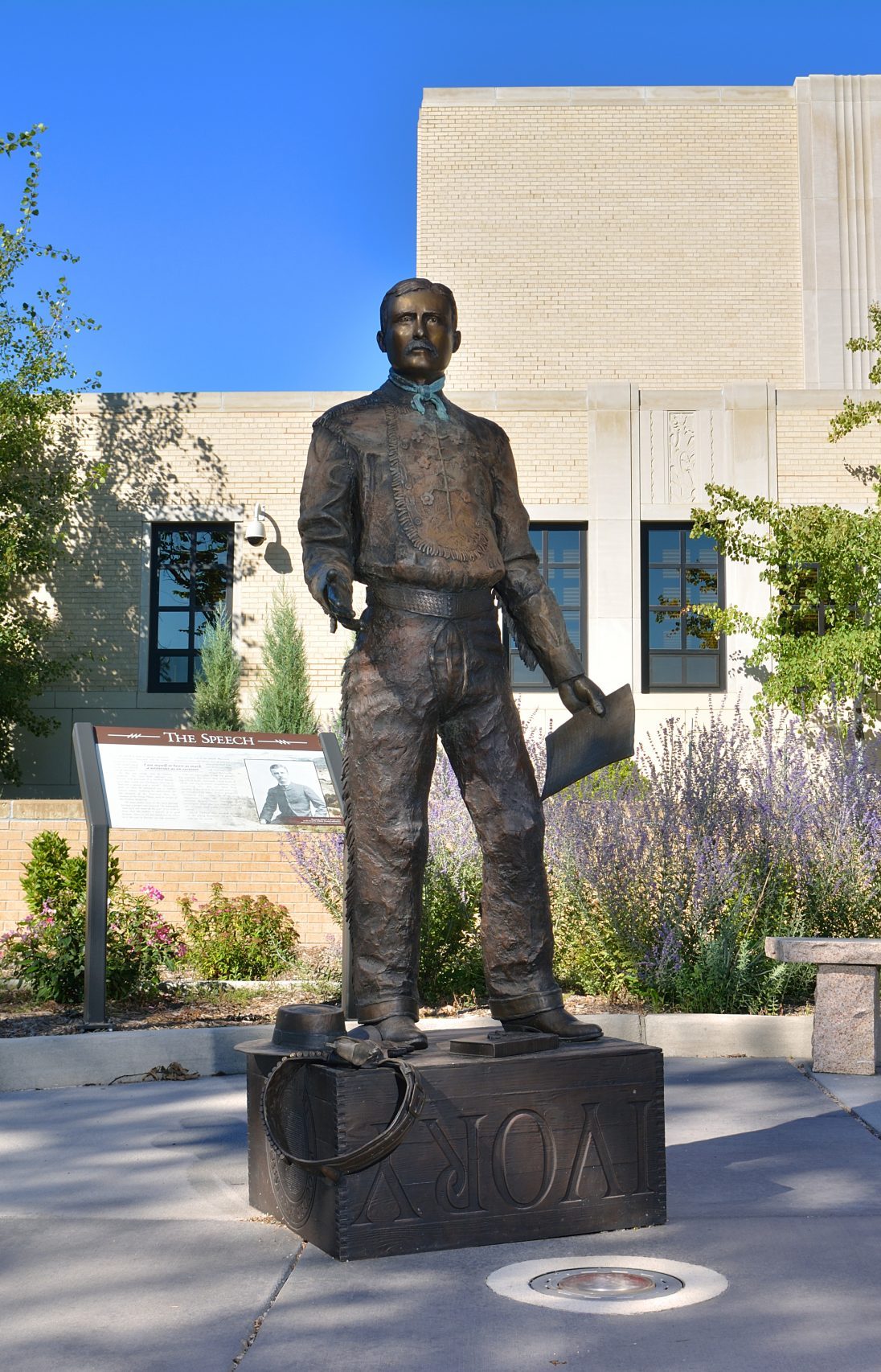
Bollinger Atelier has created sculptures that stand all over the world in cities like Paris, Istanbul and Hong Kong. Closer to home, it was selected by client artists to create two of Arizona’s most well-known statues: Pat Tillman, by artist Jeff Carol Davenport, the statue that resides outside Sun Devil Stadium, and the famous “Jack Knife” by artist Ed Mell, the statue in Old Town Scottsdale.
The heart of Bollinger Atelier’s success is the collaboration between themselves and the artists. True to his Midwestern roots, Bollinger emphasizes the relationship aspect of the business, recognizing that the significance of these connections leads to the foundry’s prosperity.
Bollinger Atelier is also a family business, with Bollinger’s wife Kim Nikolaev acting as the director of special projects and restoration. An artist with an extensive background in the industry, she runs her own business, Nikolaev Botanical Jewelry, on top of her role at the foundry. The two met when Nikolaev was apprenticing for the former foundry owner, and the pair married in 1998.
“My joke is that I could never have afforded to hire someone with Kim’s educational background,” Bollinger said.
Adding to the Bollinger legacy is the couple’s daughter Sé, also an artist, who has worked with top high-end designers in New York and Los Angeles. Embodying a fusion of art and functionality, the family’s furniture collection, EDITIONS, can be explored on the company’s website, offering a glimpse of the family’s next-generation prowess.
With the industry being so niche, Bollinger uses the invaluable knowledge he’s acquired to mentor young and aspiring artists, ensuring that expertise and craftsmanship integral to the fine art foundry continue to be passed down through generations.
“The stereotypical idea of an artist is that there’s someone with this absolute brilliant creativity going through their veins, that no matter what they touch is going to be great. The reality is being an artist is the most entrepreneurial job you’ll ever have — hard work and putting the effort in and overcoming the obstacles that are sure to come,” Bollinger said. “You just can’t give up, you know?”
To learn more, visit bollingeratelier.com.



